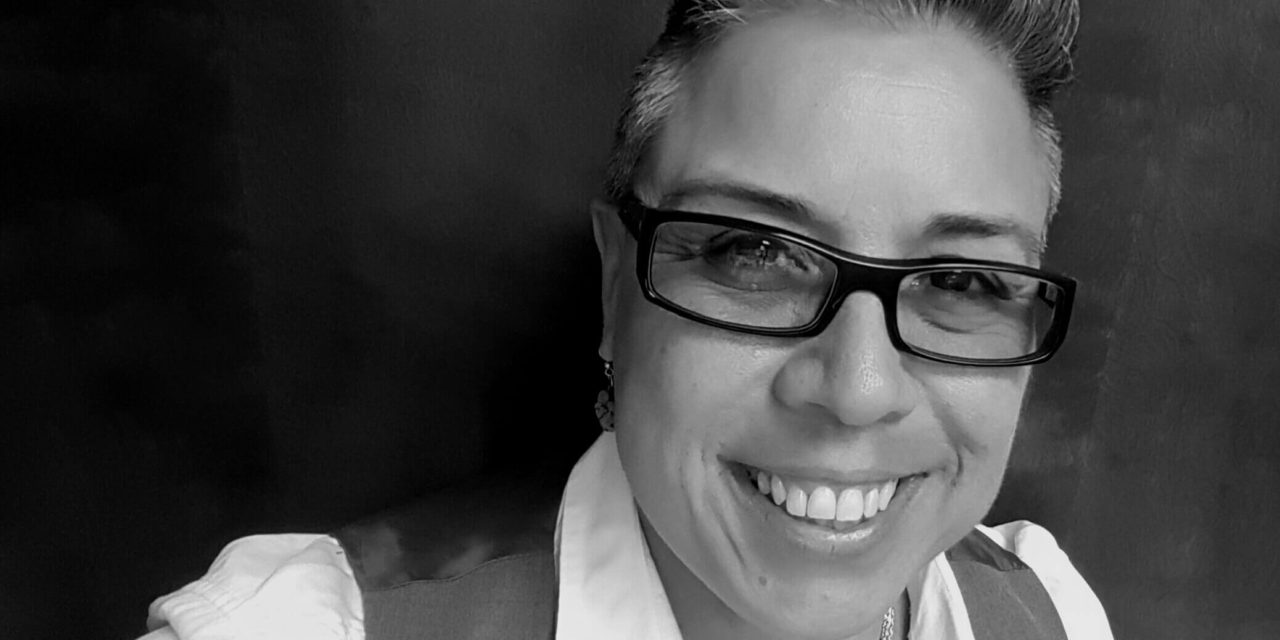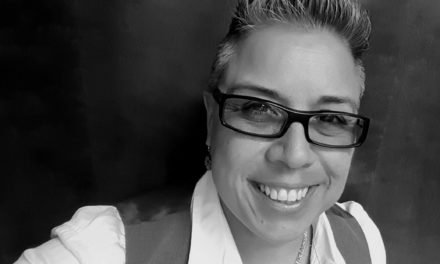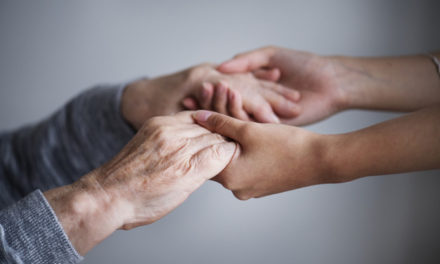Before we knew anything about pre-existing conditions, or trauma therapy or DSM’s pick a number, I remember a simpler time. I don’t know about any of you, but I cannot remember a single schoolmate that was ever called out of class to take medication for anything other than a stomach ache or a cold (maybe a lice treatment). I don’t remember any of my classmates ever talking about low impulse control, intermittent explosive disorder, attention deficit hyperactive disorder or dyslexia (could very well be because “the paddle” hanging in the principal’s office was the cure for all of these “maladaptive behaviors”). But in hindsight, looking back at the town folk that practiced the art of “hanging around” downtown Brownsville, I can recall among them individuals like El Cheriffe, Beba and Bobby Loco. Any or all three could be counted on to be seen on any given Saturday roaming near El Piloto Bar, Jackson’s Feed Store, the Majestic or near the downtown H.E.B., sometimes by the Stillman House, Incarnate Word Church or Shopper’s World, and on rare occasion over by the pawn shop with the smelly monkeys, taxidermied mountain lions and talking parrots. Certain times of the year they became institutional attendees at any of the Catholic churches’ “kermeses” talking to themselves, dancing solo or laughing in such an apparent heartfelt way you wished they’d clue you in on the joke so you could laugh with them. They seemed to just appear out of no where and at the end of the day disappear into the muggy, foggy nights of our south Texas border town. No doubt they were someone’s adult child, someone’s brother or sister, maybe even someone’s mother or father. No doubt they were afflicted with some level of mental illness or disorder that set them aside and apart from the rest of us. But, no one seemed to know very much about them, where they come from or where they went to, but everyone seemed to know their names. And, regardless of their unfortunate lot in life, the community as a whole appeared to collectively look out for them in one way or another. Some of us would greet them, offer them some loose change and maybe even a hot meal, while others shooed them away and encouraged them to be on their way wherever their way was. El Cheriffe walked the streets in his make-shift dark blue attire that resembled a doorman’s uniform, a plastic, make-believe law enforcement badge on his chest, a plastic western toy revolver cap gun, a chauffer’s cap and a plastic Billy club. He was tall (for a Mexican), thin and lanky. His shoes were usually black (probably used Cop shoes from the thrift store) and dusty, laced with some off color shoelaces that didn’t quite match the rest of his “uniform”. He said little and smiled a lot. Then there was Beba. Beba was an older woman with a page boy haircut that was so white it had turned dingy yellow at the ends. Her skin was Ruddish and leathery and seemed to have many stories to tell if she would only sit down to tell them. She always wore a dress that hung just below her knees. She was the classic bag lady, if you will, carrying all sorts of items in bags she carried everywhere she went. She smiled and shuffled, smiled some more and shuffled some more. And she would wave to anyone who yelled out her name . . . “Beba!!!” . . . as they drove by her. What can I tell you about Bobby Loco? Well, El Bobby estaba bien loco. He was the most animated and colorful of the trio. He would walk quickly, in a strut-like way, with a tie or bandana tied onto his head, wearing only a vest or sometimes shirtless, with bell bottoms and platform shoes on. Bobby Loco was also the most discontent of the trio, usually cussing out someone that wasn’t there and colorfully promising to kick the crap out of someone else, also not there while waving all sorts of hand gestures for emphasis. To this day I wonder what ever became of El Cheriffe, Beba and Bobby Loco. Mental illness was most certainly a condition they lived with daily, and most likely a condition that went untreated. Yet our town seemed to embrace the trio as just a part of the fabric that made Brownsville the unique south Texas town it was and is. As of late, I wonder more and more what would have become of the trio today in a time when mental health services are still so hard to come by, poorly funded . . . in a time when their pre-existing conditions would most likely bar them from any treatment anywhere other than Brownsville. I say that because in my heart of hearts I still believe Brownsville would collectively watch out for El Cheriffe, Beba and Bobby Loco today much in the way they watched out for them over forty years ago.
Growing Up Latino – MANGUERA MEMORY: The Trio










